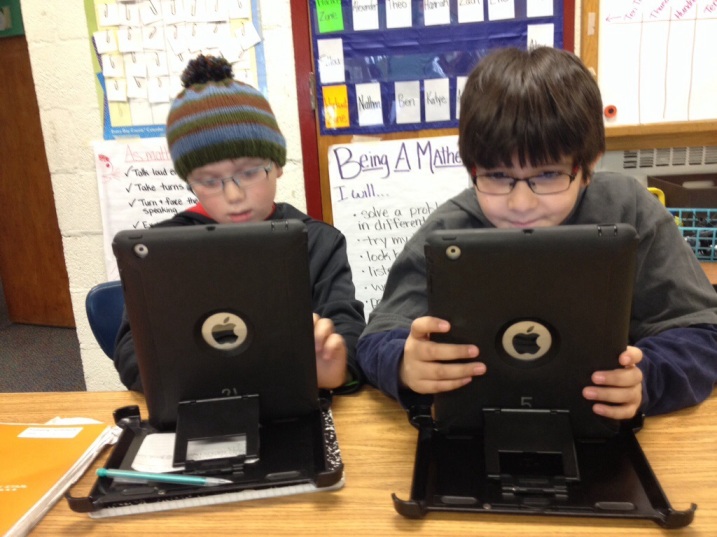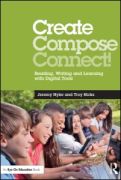
As 2013 comes to a close, I wasn’t quite sure that I would have time to get one more blog post out .
As it happens, the mid-Michigan area where I live was slammed with an ice storm a week ago and my family just recently (that is, six hours ago) moved from being in the “thousands without power” to having our lights (and wifi) back on. FWIW, here is a picture of the tree that we lost in our backyard.
So, I have found myself with lots of time to think about the technologies that I use in my life, even if I haven’t been using them nearly as much. Couple the power outage with the holidays (when work is, thankfully, slower for me) and it has been an interesting week of thinking. Let me elaborate a bit…
First, I have found that my thinking is informed by and integrated with the digital tools that I rely on (almost exclusively) as a way to get work done. I’ve been reading Clive Thompson’s Smarter Than You Think, and I definitely find myself aligned with the arguments that he makes in his book. While some might argue that being offline is a good thing (And, I can agree, to an extent; for instance, I have been pleased to finish off a few books during this break that may have otherwise been left on my nightstand), I also have found that I am much, much less productive.
In short, I feel that digital writing tools enhance the thinking that I am able to do. Rather than falling down the rabbit hole when I get online, I feel that I am generally very focused (about 90 to 95%) of the time. Sure, I use that 5% for random websurfing and catching up on the latest memes, but I use time online efficiently, mostly for work. When I don’t have that connection, my productivity basically falls to zero. For instance, I have been working on a grant proposal with two colleagues and while I could write (or, more likely dictate) lengthy responses with my iPhone to be sent via email, I have struggled to compose big ideas on small screens. The process of writing, for me, has become so embedded with the practice of keyboarding — and being connected to the internet — that I have had trouble getting any “real” writing done this past week.
Second, I am acutely reminded of the digital divide and the fact that I am very fortunate to have access to the types of technologies I am able to use on a day-to-day basis. As a part of my sabbatical, I wanted to focus on these issues, to help get more people connected through outreach programs and opportunities to get affordable technologies. Sadly, I haven’t spent quite as much time on these efforts as I wanted to this fall. So, with the new year upon us, it is a good time for me to renew those efforts, especially in light of my last point, which is this…
Finally — as one of the customers without power for eight days — I can understand why many of my neighbors are feeling frustrated and want their power back. Sadly, I also find the idea that people are protesting our local utility to be a moment where I simply want to scream about “first world problems.”
Seriously, people?
I can understand that some residents — most likely the elderly who would suffer terrible effects on their health and the impoverished who are systematically disadvantaged in ways that prevent them from attending such a protest — might have some legitimate complaints.
But, aren’t there a variety of other problems facing the world that we could spend our time and energy working to eliminate? Say, like the hunger, homelessness, and abject poverty that face citizens in mid-Michigan, let alone helping those people without the technology or funding available to access these technologies that the rest of you were protesting to have turned back on?
Really, people.
Get some priorities. You lost power. It was inconvenient. But, you still have a house and all your gadgets from Christmas. Most people in the world aren’t that lucky.
That’s enough for tonight, and for 2013. It’s been an interesting year, and I am looking forward to starting 2014 with a Spartan victory in the Rose Bowl, then refocusing for the second half of my sabbatical.

This work is licensed under a Creative Commons Attribution-NonCommercial-ShareAlike 4.0 International License.


